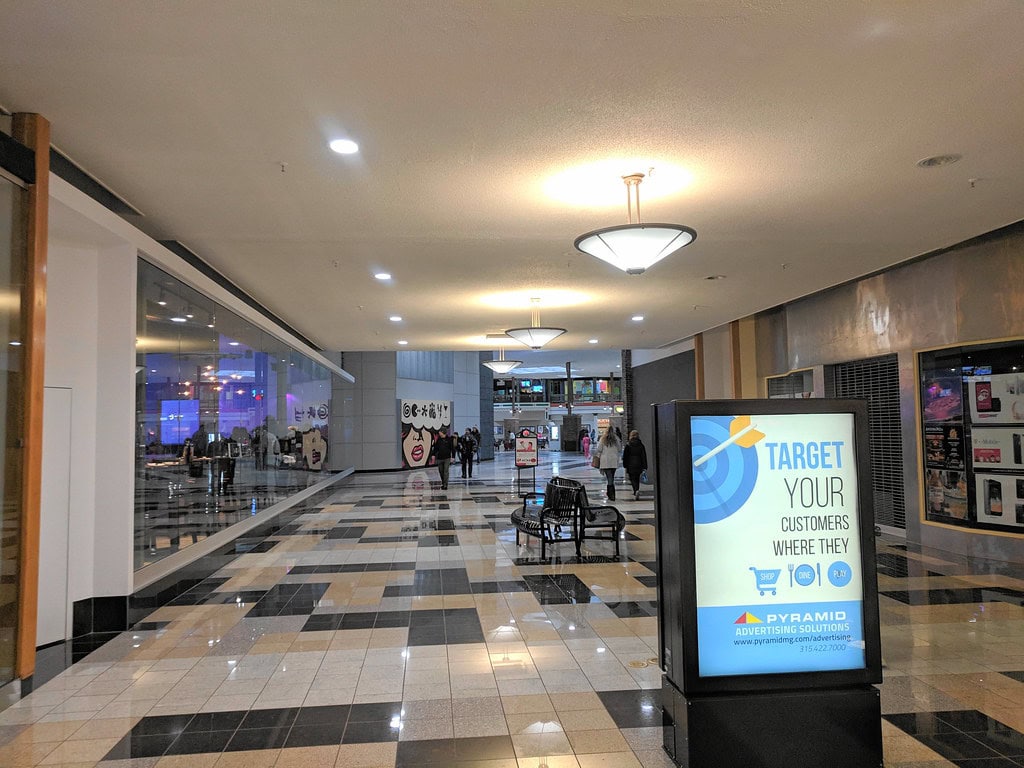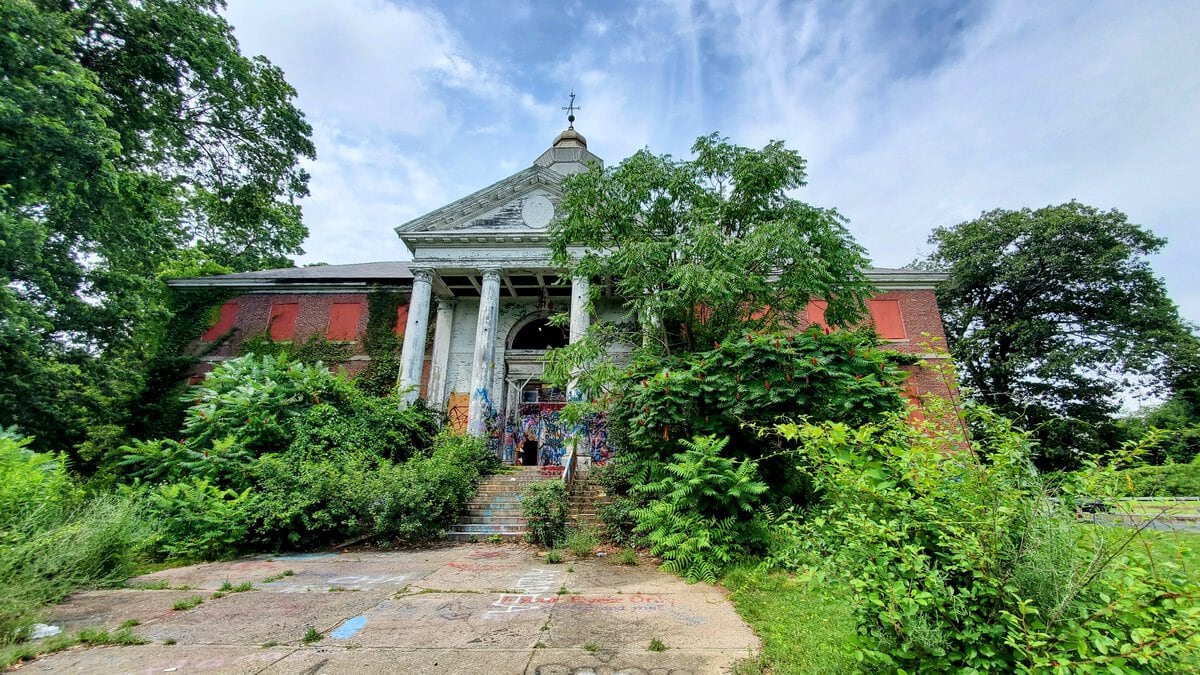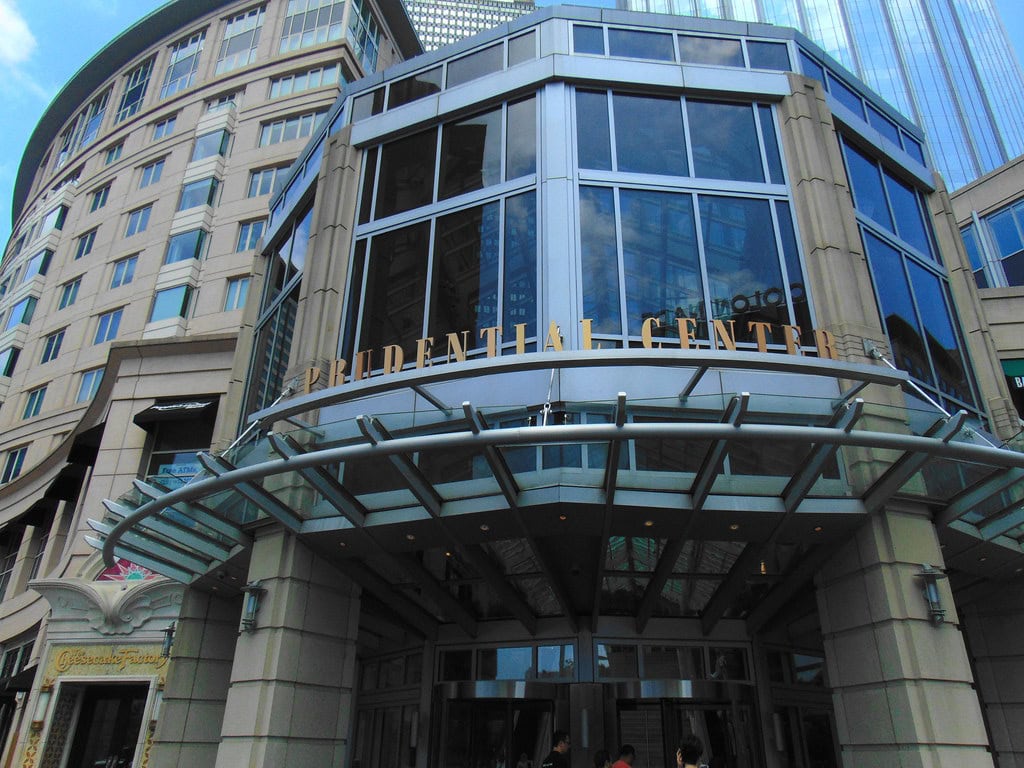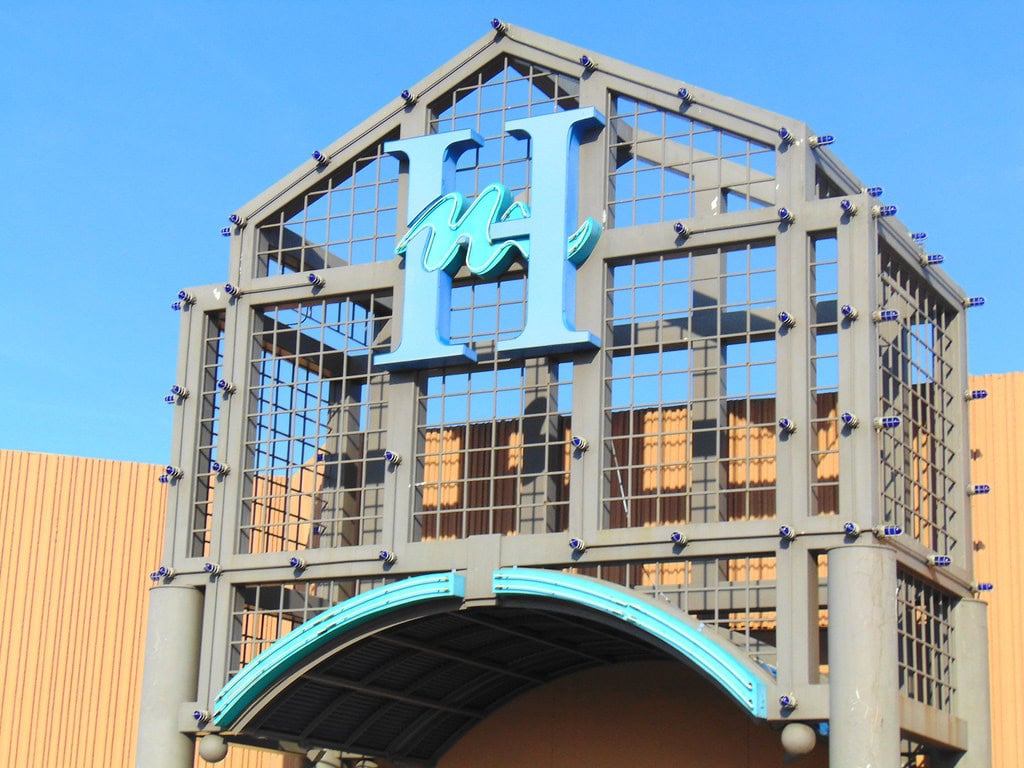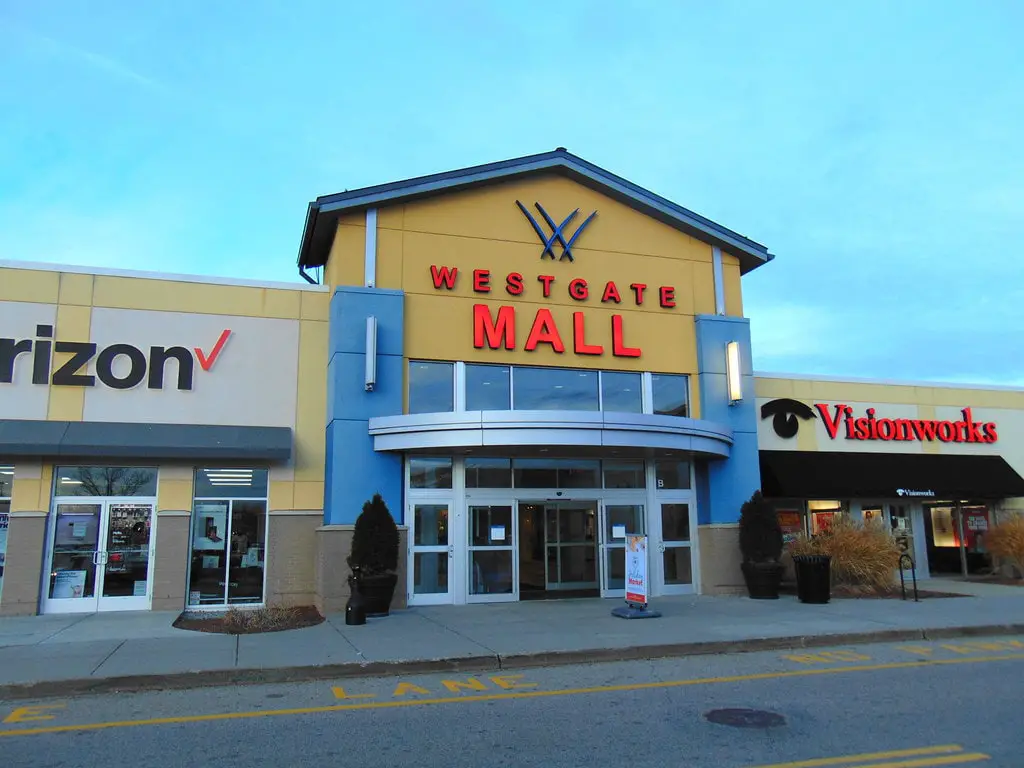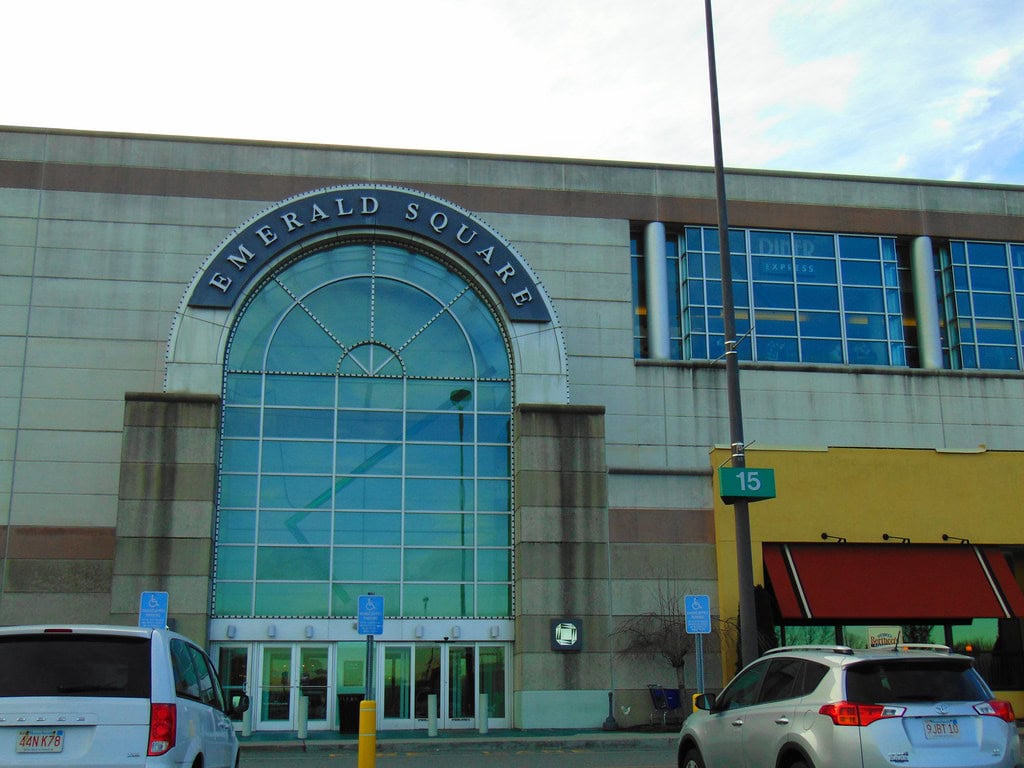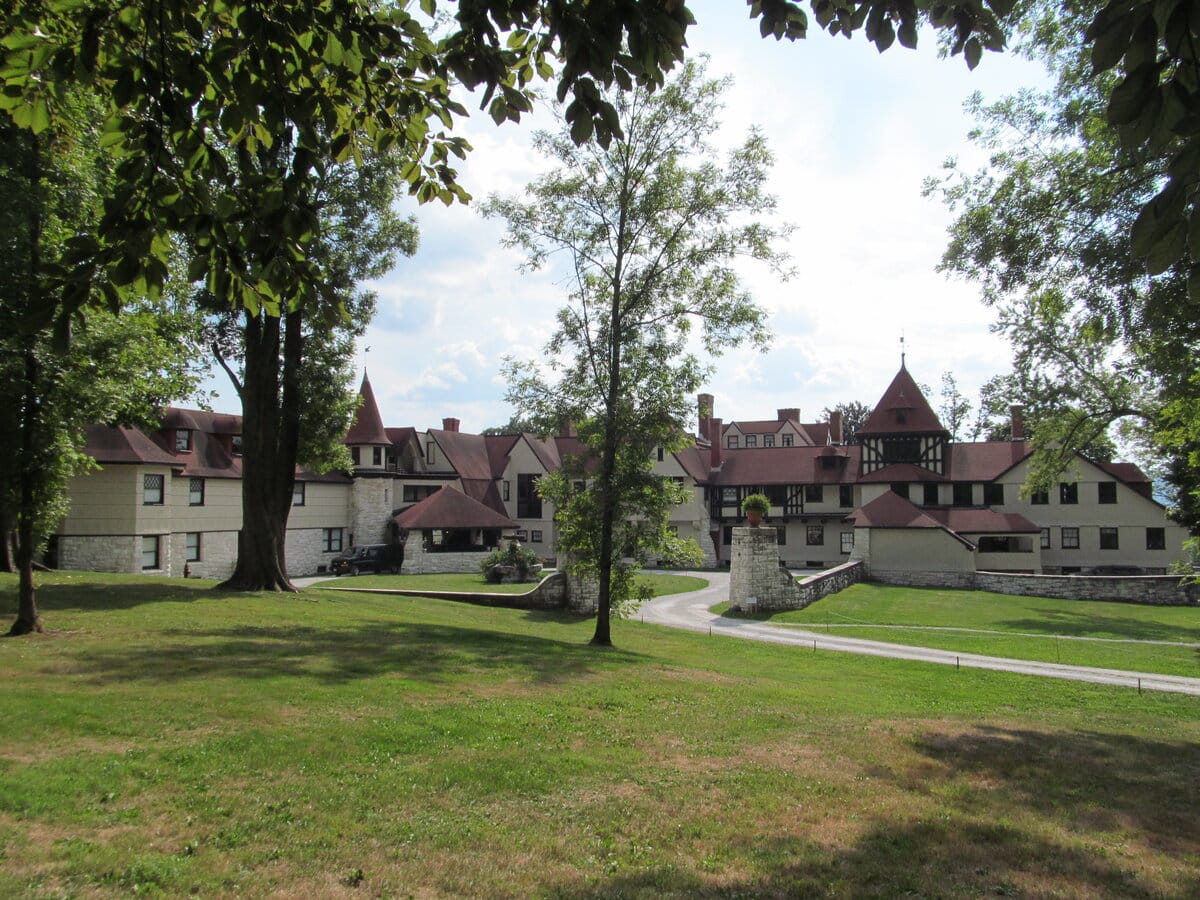The Buildings Still Stand, But Time Has Moved On
The wind cuts through broken windowpanes, pushing dust through the empty corridors.
Paint curls from the walls in long, brittle strips. Medfield State Hospital hasn’t housed a patient in more than twenty years, but the buildings remain—silent, waiting.
The town of Medfield, Massachusetts, moves around it, with new developments rising just beyond the old asylum’s borders.
But here, inside the rusted skeleton of what was once the Medfield Insane Asylum, time feels stuck.
In 1892, Massachusetts launched an ambitious plan.
The state had already filled its asylums beyond capacity, and the old Kirkbride-style institutions, with their fortress-like buildings, had begun to fail under the weight of overcrowding.
Instead of towering stone structures, Medfield was designed as a Cottage Plan asylum, the first of its kind in the state.
Patients wouldn’t be locked in endless halls stacked with beds.
Instead, they would live in separate buildings spread across a sprawling campus, with each cottage housing a specific group—men in one, women in another, and tuberculosis patients separated from the rest.
It was supposed to be more humane, a place where the mentally ill could find stability in routine.
Architect William Pitt Wentworth led the design. His vision was a hospital that functioned like a small town, with its own power station, water supply, and farmland.
Construction moved quickly. By 1896, Medfield Insane Asylum officially opened, standing on 1,400 acres of Massachusetts farmland.
At the start, it felt like progress. The asylum had woodworking shops, dairy barns, vegetable fields, and a bakery—a fully self-sustaining system.
Patients worked alongside staff to maintain the grounds, producing food and supplies to keep the hospital running.
Through the early 1900s, the hospital expanded. More cottages were built, and more patients arrived.
By 1914, the state officially renamed it Medfield State Hospital, and by the 1920s, it housed more than 2,000 people.
Medfield had become one of the largest psychiatric institutions in Massachusetts. Even then, it was clear that this wasn’t just a hospital—it was a world of its own.
A System That Tried, Then Failed
Mornings at Medfield State Hospital started early. Patients were expected to work—on the farm, in the kitchen, in the laundry.
The idea was simple: structure would keep them stable. The Cottage Plan promised smaller buildings, a self-sustaining community, and less isolation.
By 1920, Medfield had fifty-eight buildings spread across its campus, including dormitories, a chapel, and a power plant that kept the facility running.
At its peak, more than 2,200 patients lived here, cared for by doctors, nurses, and attendants who operated under a strict routine.
It seemed to work for a while. Medfield supplied its own milk, vegetables, and electricity, cutting the state’s costs.
Patients learned trades—some worked in the tailor shop, others sewed hospital linens.
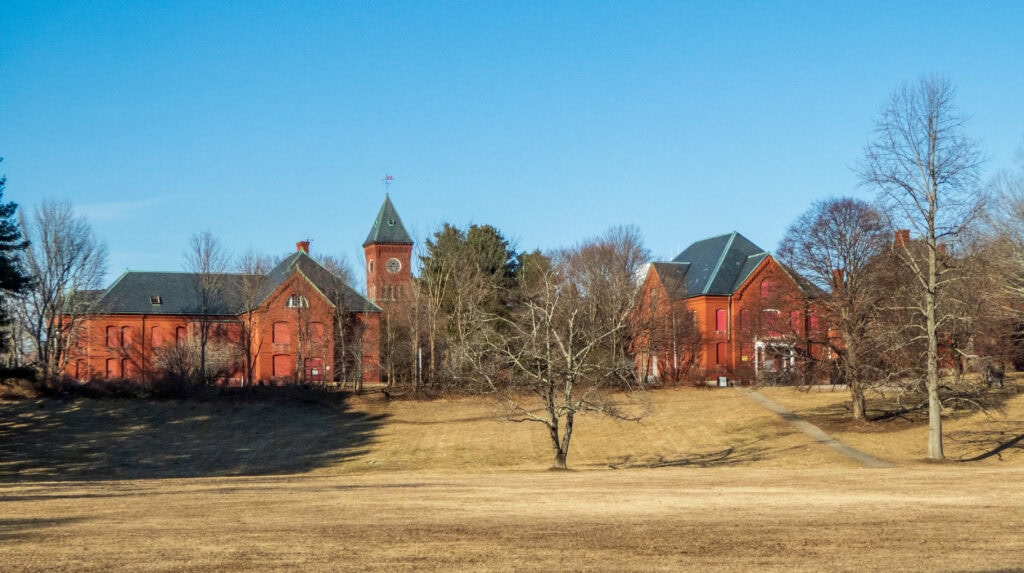
There was even a fire department staffed by the patients themselves. The hospital had a rhythm, and within its walls, life moved predictably. But outside, mental health treatment was changing.
In the 1950s, psychiatric medication reshaped everything. Drugs like Thorazine and Mellaril allowed doctors to manage symptoms without institutionalizing patients.
The state saw a chance to cut costs. Slowly, large mental hospitals like Medfield started to empty.
By the 1960s, a push toward deinstitutionalization accelerated the decline. Massachusetts wanted patients treated in community clinics, not sprawling state-run hospitals.
At Medfield, the shift was gradual. Some cottages closed, and wards emptied. By the 1980s, only a fraction of the campus was in use.
The buildings that once housed hundreds now stood dark, their windows boarded up. The farm stopped running, and staff numbers dropped.
Built as a breakthrough in psychiatric care, Medfield had become a relic—too big, too empty, fading year by year.
The hospital hadn’t closed yet, but it was unraveling, one abandoned ward at a time.
The Last Days of Medfield State Hospital
By 2000, Medfield State Hospital was running on borrowed time. The campus, once full of movement, had become quiet, and the state stopped investing in repairs.
Roofs sagged, pipes leaked, and some wards had been abandoned for years. Their doors were sealed shut, and their interiors were untouched since the last patient walked out.
In April 2003, the last residents left. The doors were locked. Medfield joined a long list of state-run hospitals that had outlived their usefulness.
The official reason was cost—the state was moving toward community-based mental health care.
The hospital’s remaining patients were transferred elsewhere, and the buildings were shuttered.
But even with no one inside, the hospital didn’t disappear. The police started patrolling the grounds, keeping out urban explorers and ghost hunters drawn to the empty halls.
Signs went up—No Trespassing. Some listened. Others didn’t. People sneaked in, taking photos of peeling wallpaper, scattered medical files, and wheelchairs left behind.
Some swore they heard voices or saw shadows moving at the ends of hallways.
By 2012, Medfield’s decay was impossible to ignore. The Clark Building was the first to go, demolished after years of neglect. The Odyssey House, Carriage House, and Laundry Building followed in 2013.
Some saw a hazard—rotting floors, collapsing ceilings, a place too far gone to save.
Others saw history as a piece of Massachusetts that deserved more than a wrecking ball.
The fight over Medfield State Hospital never settled. The town owns the land, but the buildings wait, stuck in limbo, their future still unwritten.
A Place Frozen in Film and Memory
Medfield State Hospital had barely shut its doors before Hollywood came knocking.
The abandoned campus, with its red-brick buildings and cracked windows, had the perfect look—isolated, eerie, untouched.
The first major production to take over the hospital grounds was Shutter Island in 2008.
Crews from Paramount transformed the already-decaying hallways into a 1950s asylum, layering fresh dust over the existing ruins.
The hospital’s empty wards and peeling wallpaper needed little dressing.
After that, filmmakers kept coming. In 2010, the sci-fi thriller The Box used Medfield’s interiors to create an unsettling government facility.
In 2017, the horror movie The New Mutants turned it into a sinister psychiatric ward.
The buildings were no longer just a backdrop for real-life psychiatric care—they had become part of Hollywood’s idea of madness.
Beyond the cameras, Medfield had its own ghosts. The hospital cemetery, hidden in a quiet corner of the property, held 841 graves.
Between 1918 and 1988, patients who passed away without family to claim them were buried here. No names—just numbers stamped on small, unmarked stones.
That changed in 2005 when a Boy Scout from Troop 89 took on a project. He spent months digging through hospital records, matching names to numbers, and replacing anonymous markers with proper headstones.
The new plaques listed dates, initials, and a small recognition that these people had lived and died inside Medfield’s walls.
Despite the renovations and the occasional film crew, Medfield’s past lingers. Some visitors report hearing whispers inside the abandoned buildings.
Others claim to see figures in the windows at dusk. Whether it’s history pressing in or just the way empty hospitals play tricks on the mind, Medfield still feels occupied—even when no one is inside.
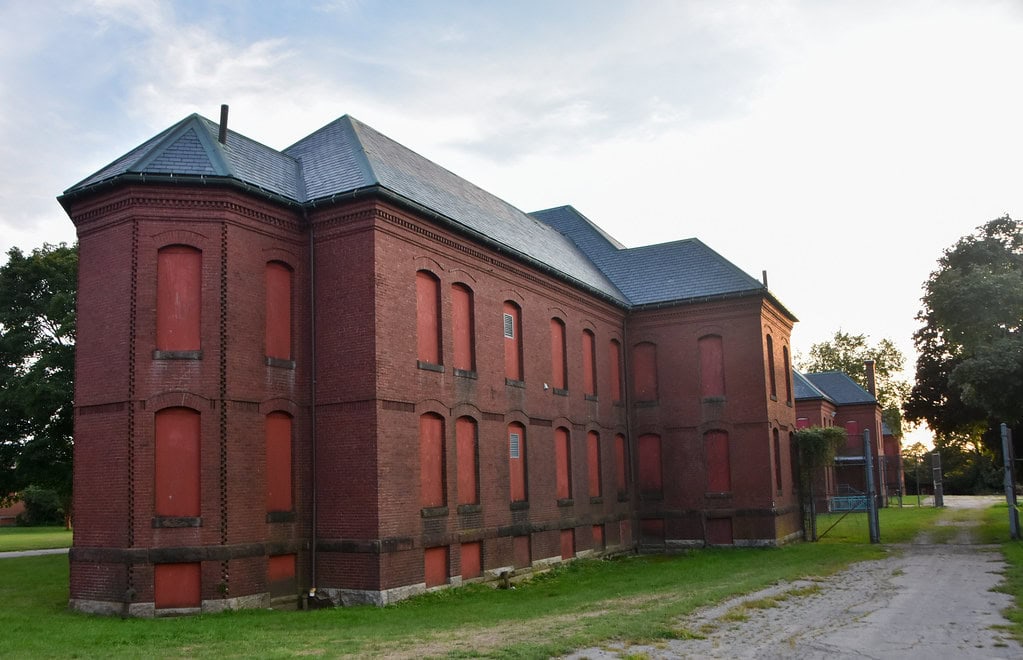
Medfield State Hospital’s Next Life Begins
A decade ago, Medfield State Hospital looked like every other abandoned asylum—boarded-up windows, cracked sidewalks, entire buildings sinking into decay.
People walked the grounds, but they weren’t supposed to. Security patrols tried to keep them out, but the hospital had a pull.
Everyone knew it couldn’t stay like this forever. The question wasn’t if it would change but how.
In 2024, that question was finally answered.
The town of Medfield, Massachusetts, won the 2024 Community of the Year Award from the American Planning Association (APA) for its work on the hospital’s redevelopment.
It wasn’t just about preserving a piece of history. The town had found a way to turn a psychiatric hospital into a functioning community without erasing its unique characteristics.
This didn’t happen overnight. Back in 2014, Medfield bought 128 acres of the hospital site from the state, making sure the land wouldn’t be sold to developers looking to tear it down for profit.
That decision set off years of planning, community meetings, and negotiations. Locals didn’t want just another generic housing project.
They wanted something that fit—a plan that respected the place’s history while making it useful again.
By 2022, Medfield had chosen Trinity Financial, a Boston-based real estate firm, to take on the project.
The plan is to have 334 mixed-income housing units, with 25% reserved as affordable housing, plus an arts and culture center.
The buildings would be restored, not demolished, and the open spaces would remain.
It would no longer feel like a hospital, but it would also not be turned into another lifeless development.
Then, in March 2024, the project received a financial boost—$5 million in grants from Massachusetts’ Housing Works Infrastructure Program and Underutilized Properties Program.
The money would go toward hazardous materials cleanup, infrastructure updates, and preparing the site for construction.
It was the last piece needed to move forward. Now, Medfield stands at the edge of something new. The hospital won’t stay frozen in time much longer.
The roads will be repaved, and the buildings will be given new life. It’s no longer a question of what will happen next—it’s already happening.

